
Catalog#:AC52387
Source:Escherichia coli.
SDS-PAGE:17 kDa, reducing conditions.
Molecular Weight:Approximately 17.5 kDa, a single non-glycosylated polypeptide chain containing 152 amino acids.
-
100 μg
¥4380.00
现货 -
1 mg
¥23800.00
现货
Catalog#/ Size:AC52387/100 µg.
Source:Escherichia coli.
Molecular Weight:Approximately 17.5 kDa, a single non-glycosylated polypeptide chain containing 152 amino acids.
Description:Accession # P13232.1, Asp26-His177, with an N terminal Met.
SDS-PAGE:17 kDa, reducing conditions.
Purity:>95 %, as determined by SDS-PAGE, under reducing non-reducing conditions, visualized by coomassie staining.
Endotoxin:Less than 0.01 EU/ µg of rHuIL-7 as determined by kinetic Limulus Amoebocyte Lysate (LAL) assay.Biological Activity:Recombinant human IL-7 bioactivity is measured in a cell proliferation assay using human peripheral blood mononuclear cell (PBMC), the EC50 for this effect is 0.3327 to 0.7014 ng/mL.
A minimum of 12 months from date of shipping when stored at -20℃ to -70℃ as supplied.
4 weeks at 2 ℃ to 8 ℃ under sterile conditions after reconstitution.
4 months at -20 ℃ to -70 ℃ under sterile conditions after reconstitution.
Interleukin-7(IL-7) is a soluble globular glycoprotein of about 25 kDa (152 amino acids in humans) and encoded by the gene that located on chromosome 8q12-13. Human IL-7 cDNA encodes 177 amino acids (aa) which contain a 25 aa signal peptide. Human IL-7 exhibits about 60-76% aa sequense with mouse, rat, equine, bovine, ovine, porcine, feline and canine IL-7. Human and mouse IL-7 has the species-crossing activity. IL-7 is produced by a wide variety of cells, such as fetal liver cells, stromal cells in the bone marrow (BM), and thymus and other epithelial cells, including keratinocytes and enterocytes. The IL-7 receptor(IL-7R) is a heterodimeric complex consisting of the α-chain (CD127) and the common cytokine receptor γ-chain which is shared with IL-2, IL-4, IL-7, IL-9, IL-15, and IL-21, and expressed in a variety of cells. IL-7 plays a vital role in T-cell development, proliferation, and differentiation, as well as in B cell maturation through the activation of the IL-7 receptor (IL-7R). IL-7 is a highly pleiotropic cytokine that is required for the efficient generation of lymphocytes from HSCs and maintains the survival of B and T cells by regulating B-cell lymphoma-2 (Bcl-2) family proteins and providing proliferation signals to these lymphocytes. Other than that IL-7 is primarily involved in regulating the development of B cells, T cells, natural killer cells, and dendritic cells via the JAK-STAT, PI3K-Akt, and MAPK pathways.
1.Barata JT, Silva A, Abecasis M, Carlesso N, Cumano A, Cardoso AA. Molecular and functional evidence for activity of murine IL-7 on human lymphocytes. Exp Hematol. 2006 Sep;34(9):1133-42.
2.Chen D, Tang TX, Deng H, Yang XP, Tang ZH. Interleukin-7 Biology and Its Effects on Immune Cells: Mediator of Generation, Differentiation, Survival, and Homeostasis. Front Immunol. 2021 Dec 2;12:747324.
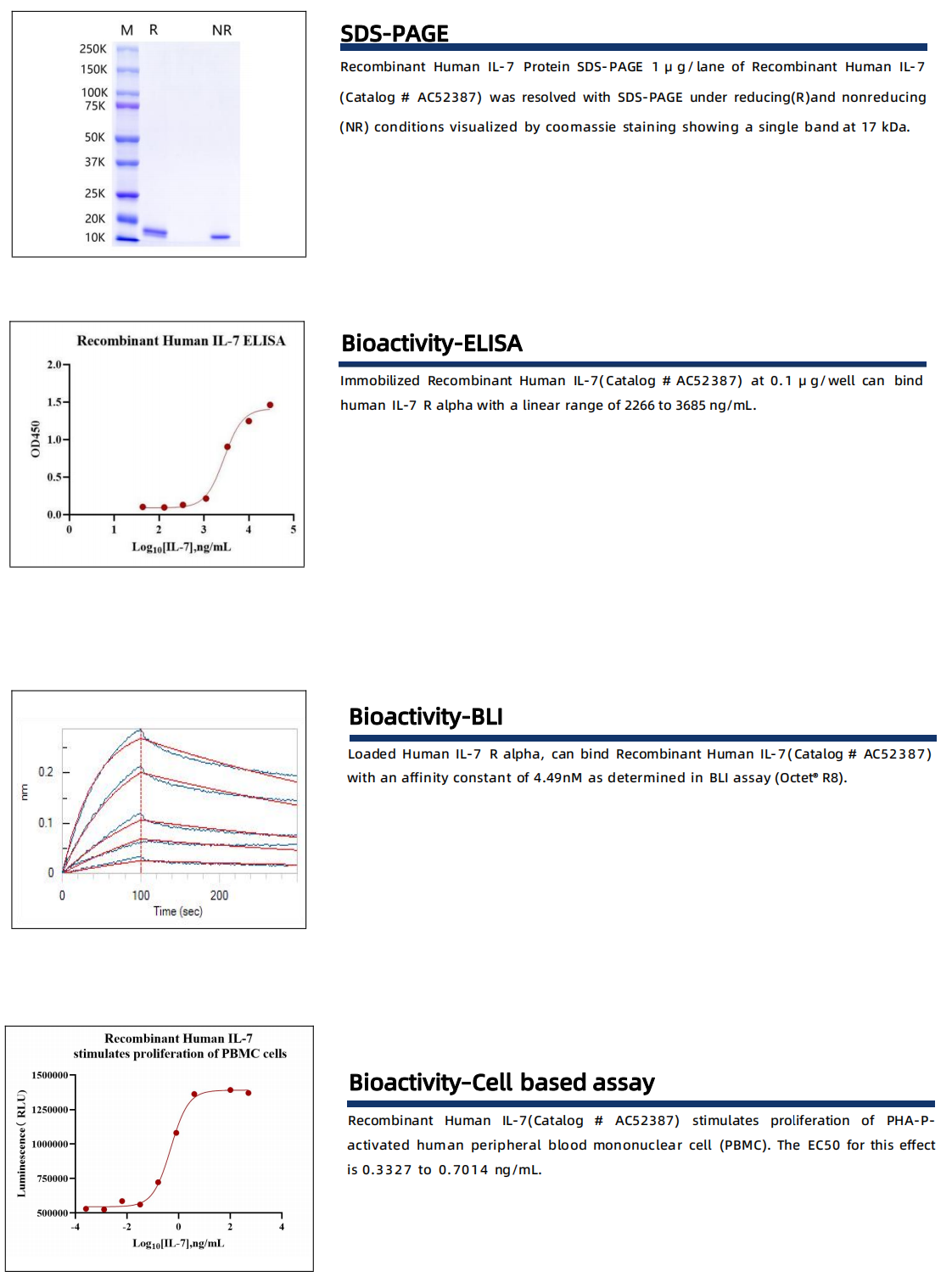




 CN
CN








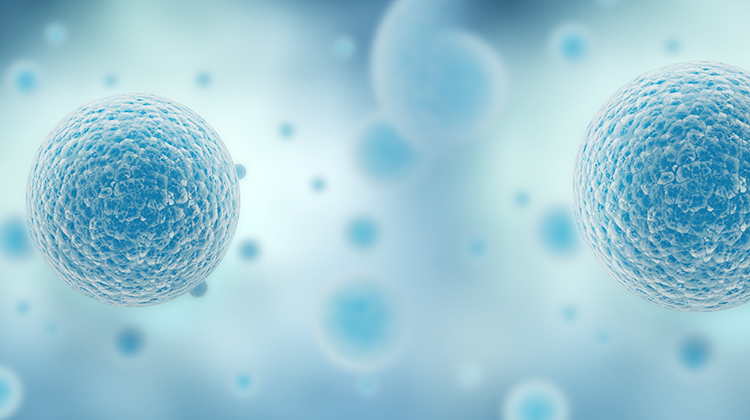
 细胞治疗
细胞治疗
 基因治疗
基因治疗
 mRNA治疗
mRNA治疗
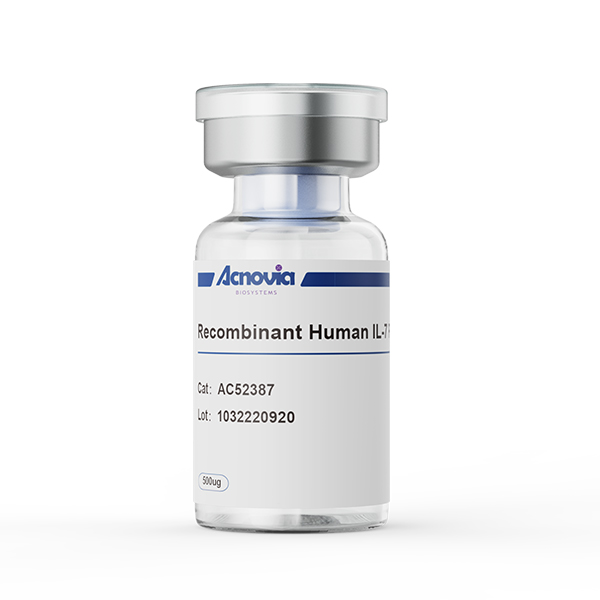


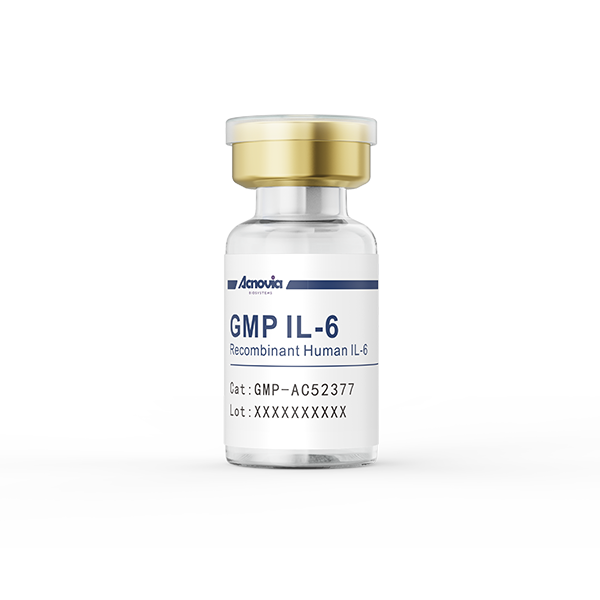
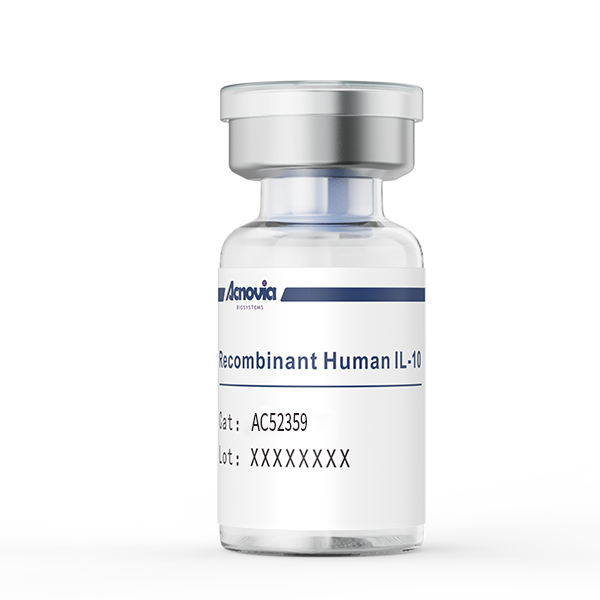

 产品说明书
产品说明书 试用装
试用装
 0571-86963020
0571-86963020




